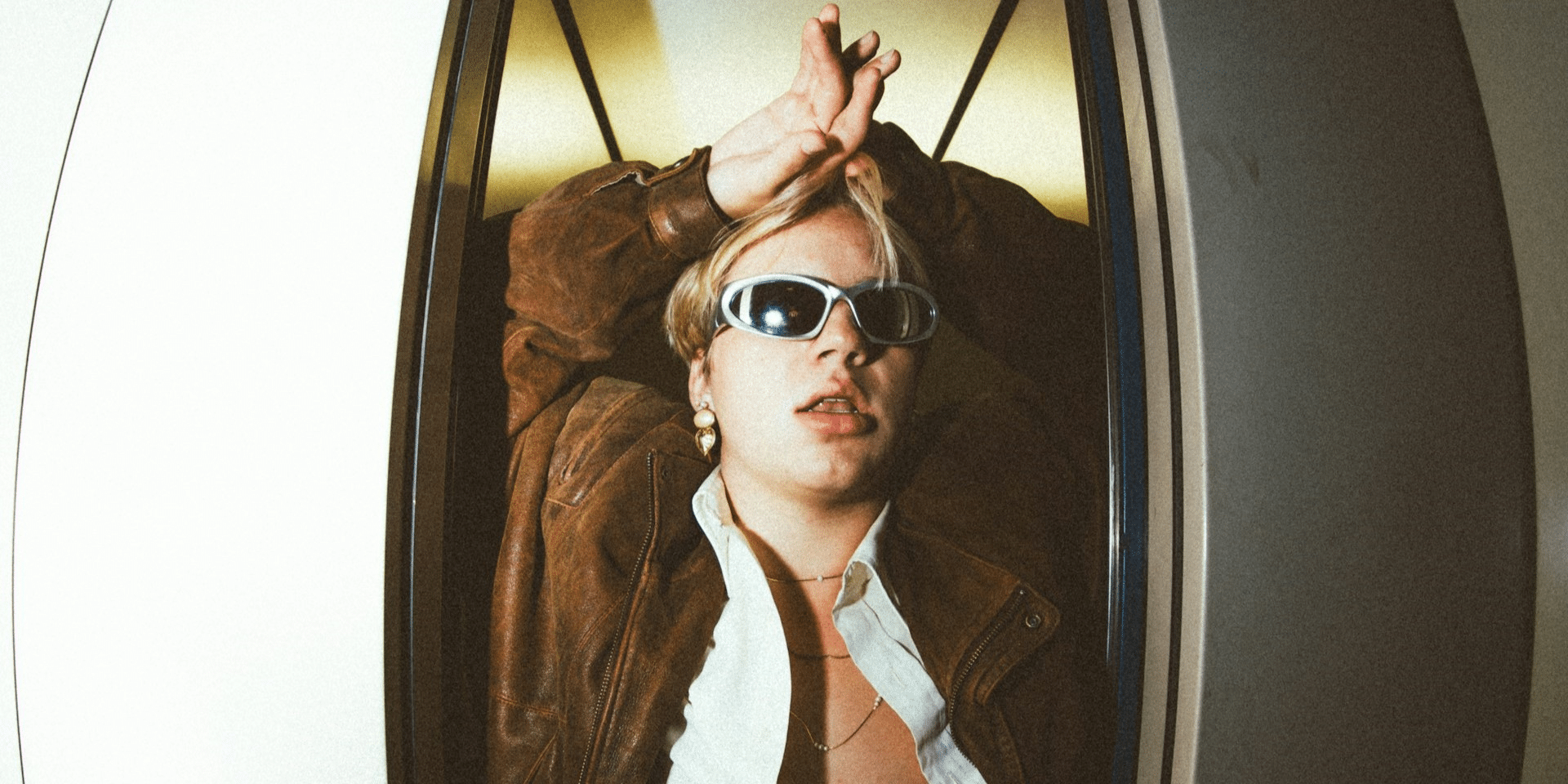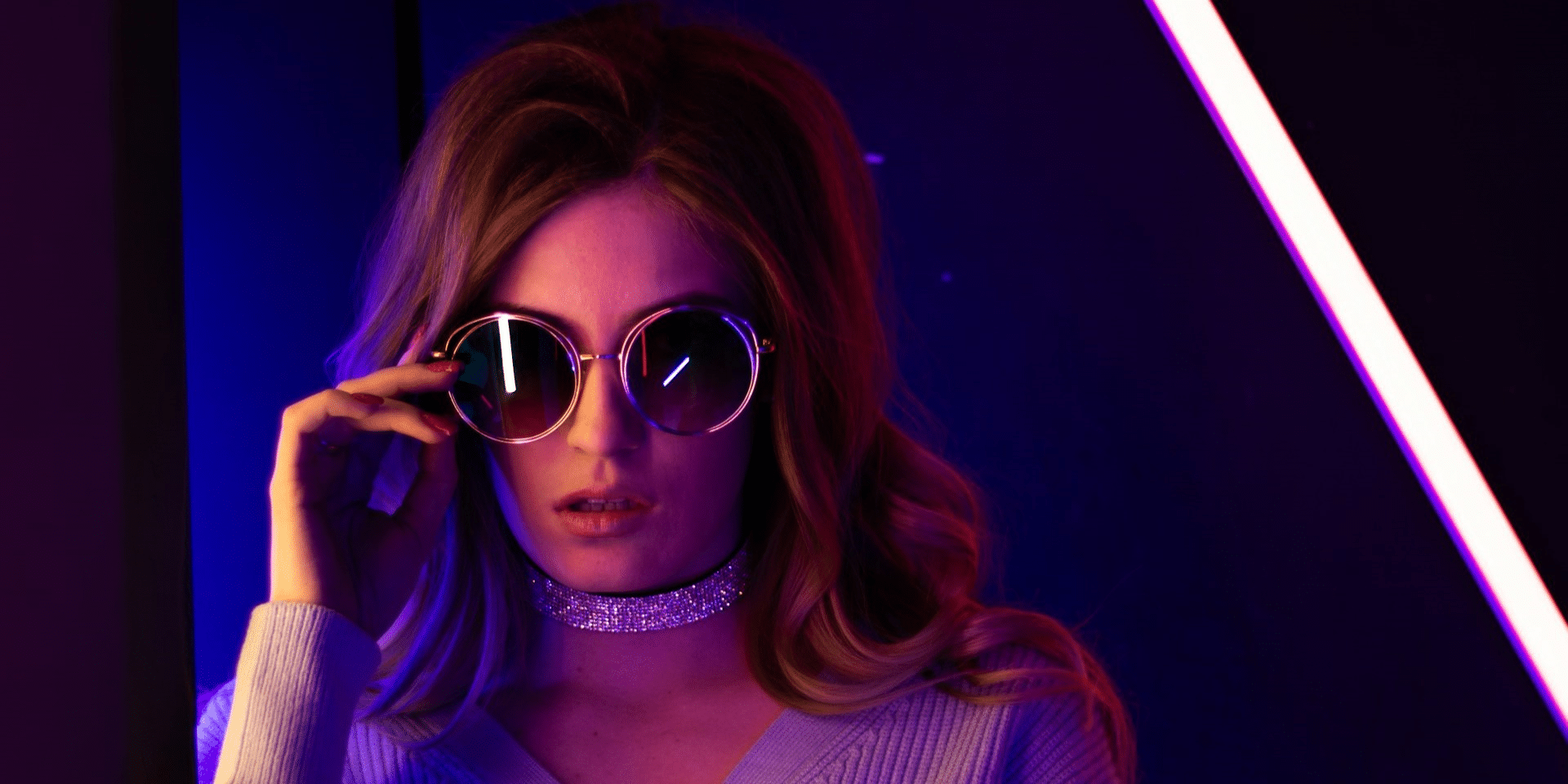In today’s digital age, music consumption has evolved beyond just listening. With the rise of streaming platforms and digital media players, listeners now have access to a wide range of visual elements that complement their audio experience. One such element is the visualizer, a dynamic graphical display that accompanies music playback, adding a visual dimension to the listening experience. In this article, we’ll explore how visualizers contribute to enhancing the overall listening experience and why they have become an integral part of music enjoyment for many.
What is a Visualizer?
Before we dive into its impact, let’s first understand what a visualizer is. Simply put, a visualizer is a graphical representation of audio data that reacts in real-time to the music being played. It typically consists of colorful patterns, shapes, and animations that move and change in sync with the rhythm, tempo, and intensity of the music. Visualizers come in various forms, ranging from simple designs like frequency bars and waveforms to more intricate animations and 3D graphics.
Adding Depth and Immersion
One of the key ways visualizers enhance the listening experience is by adding depth and immersion to the music. By providing a captivating visual display that synchronizes with the audio, visualizers engage multiple senses simultaneously, creating a more immersive and engaging listening environment. The dynamic movement and synchronization of visual elements with the music allow listeners to visually experience the rhythm, melody, and emotion of the music in a way that goes beyond just auditory perception.
Visualizers not only accompany music playback but can also be integrated into live performances and music videos, further enhancing the audience’s connection to the music and the artist. Live visualizations that respond in real-time to the artist’s performance add an interactive element to concerts and events, encouraging audience participation and creating memorable experiences for attendees.
Enhancing Mood and Atmosphere
Visualizers have the power to enhance the mood and atmosphere of the music, amplifying its emotional impact on the listener. For example, a visualizer may use color schemes, lighting effects, and visual transitions to evoke different emotions or set a specific tone for the music. Whether it’s creating a sense of tranquility with soft, flowing patterns or intensifying the energy with vibrant, pulsating animations, visualizers can complement the mood and atmosphere of the music, enhancing its emotional resonance and immersing listeners in the sonic experience.
Moreover, visualizers can adapt to the genre or style of music being played, enhancing the thematic elements and artistic expression of the music. For example, visualizers for electronic dance music (EDM) may feature high-energy animations and dynamic effects that mirror the genre’s upbeat rhythms and pulsating beats, while visualizers for ambient or chill-out music may employ more serene and ethereal visuals to complement the genre’s relaxed and contemplative vibe.
Personalization and Customization
Another aspect that makes visualizers appealing is their ability to personalize and customize the listening experience. Many music players and streaming platforms offer a variety of visualizer options, allowing users to choose their preferred visual style or even create their own custom designs. This level of personalization empowers listeners to tailor the visual experience to their tastes and preferences, whether they prefer minimalist visuals that complement the music without being too distracting or elaborate animations that provide a visually stunning backdrop to the audio.
Listeners can further enhance their visualizer experience by customizing settings such as color schemes, animation speed, and visual effects to suit their mood or the ambiance of their listening environment. Some music players also offer advanced features such as audio-reactive effects, particle systems, and VR integration, allowing users to create truly immersive and personalized visualizer displays that enhance their enjoyment of the music.
Accessibility and Inclusivity
Visualizers also contribute to making music more accessible and inclusive to a wider audience. For individuals with visual impairments or disabilities, visualizers may not be directly perceptible, but they can still enhance the listening experience indirectly by providing additional sensory stimulation and context to the music. Moreover, visualizers can be enjoyed by people of all ages and backgrounds, regardless of their musical knowledge or expertise, making them a universal tool for enhancing the enjoyment of music across diverse audiences.
To ensure accessibility, developers and designers should prioritize inclusive design principles when creating visualizers, such as providing alternative audio descriptions, text-based captions, or tactile feedback for users with visual impairments. Additionally, visualizers should be customizable and adaptable to different user preferences and accessibility needs, allowing users to adjust settings such as contrast, brightness, and visual complexity to accommodate their individual preferences and sensory sensitivities.
Social Sharing and Community Engagement
Visualizers play a significant role in social sharing and community engagement within the music listening community. Many music players and streaming platforms allow users to share screenshots or videos of their favorite visualizer displays on social media platforms, fostering a sense of community and camaraderie among music enthusiasts. Additionally, visualizers often accompany live music performances, DJ sets, and music events, providing a visually captivating element that enhances the overall concert experience and encourages audience participation and interaction.
Live visualizations can also serve as a form of artistic expression and creative collaboration between musicians, visual artists, and technologists. Collaborative projects that combine live music performances with real-time visualizations create immersive multimedia experiences that blur the boundaries between music, art, and technology, fostering innovation and experimentation.






